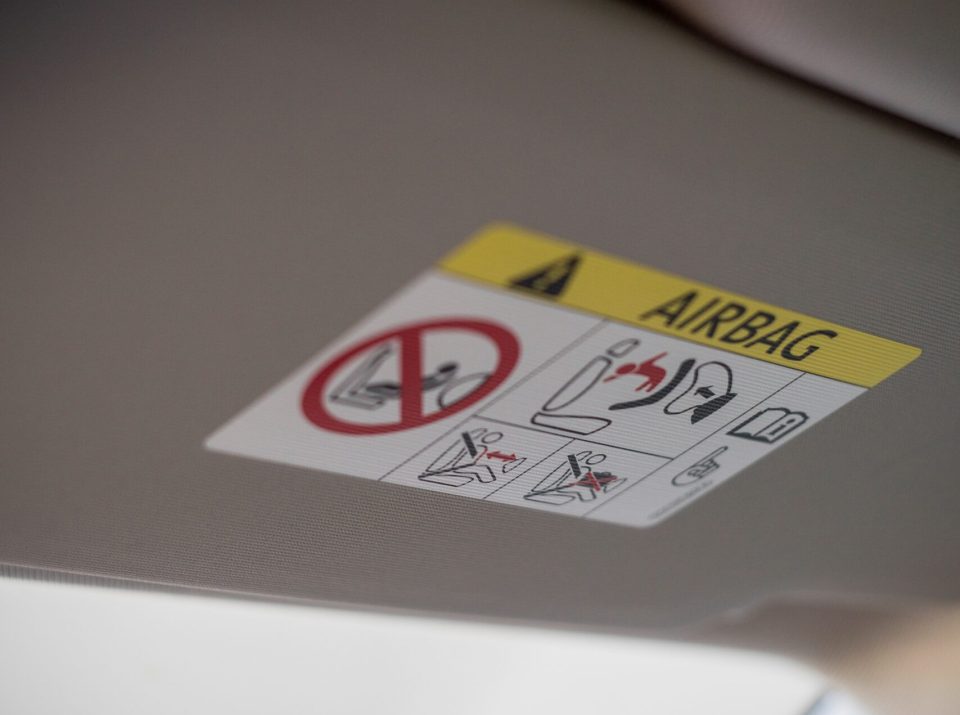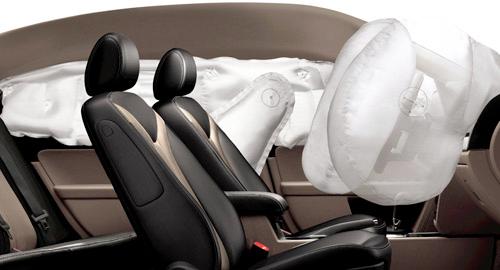Trivia: Why Do Cars have Airbags?
Answer: To protect passengers in case of an accident.


Airbags on a car work as shock absorbers; they reduce the damage caused to passengers when in an accident. The airbag consists of a rigid plastic bag connected to an inflating mechanism that includes a compressed gas tank. The mechanism is based on a controlled explosion which causes the gas to fill the pad within a split second, making the airbag shoot out through an opening in the steering wheel or dashboard.
The inflation mechanism may be activated by a mechanical system that ignites the material inflating the pad in an accidental condition or by an electronic accident sensor, which detects accidental situations according to defined criteria.
The inflation is triggered when sensors detect sudden deceleration indicative of frontal crashes on some cars. It’s also activated when the car’s computer detects that side or rear collisions are likely. The same sensors which determine that a crash is about to happen activate the ‘horn,’ which warns other drivers not to bump into the car.
There are different types of airbags for other cars:
1) Passive front airbag – designed to protect occupants in a collision from hitting the steering wheel.
2) Active front airbag – designed to protect occupants when the vehicle is about to roll over by raising the roof slightly during inflation.
3) Side airbags – designed to prevent passengers from being thrown into other parts of the interior of the car or out of it during an accident.
4) Curtain airbags – designed to protect passengers’ heads in case of a rollover or frontal/side collisions.
5) Seat belt pre-tensioners – these are gas-fired, pyrotechnic devices that pull the seat belts tight around the occupant before an accident occurs.
Advantages:
Minimizing damage;
Protecting passengers;
Reducing the severity of the injury.
Disadvantages:
Possible injuries caused by it being shot at a person;
Being suffocated from fumes from the propellant material used in inflation.


